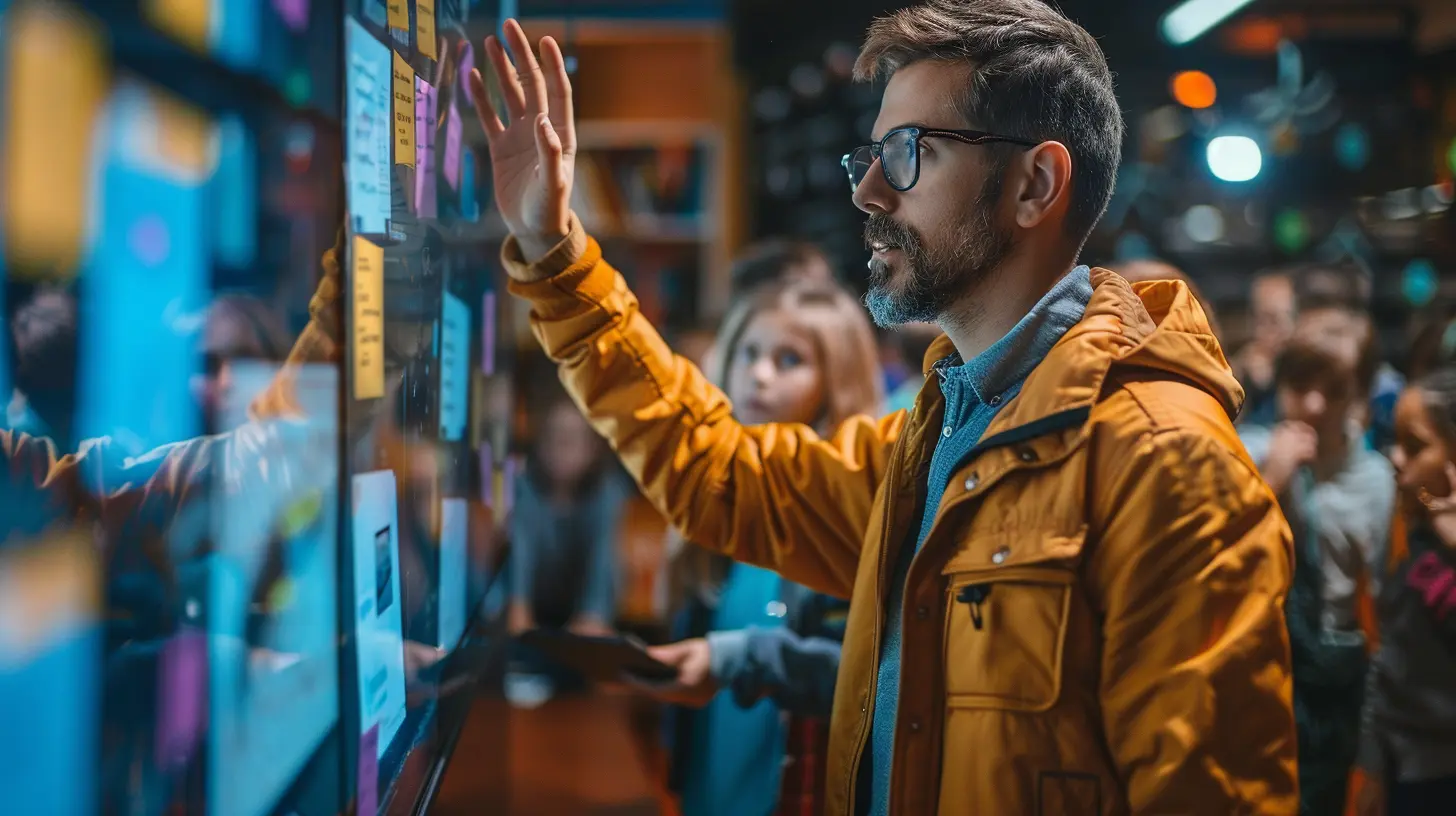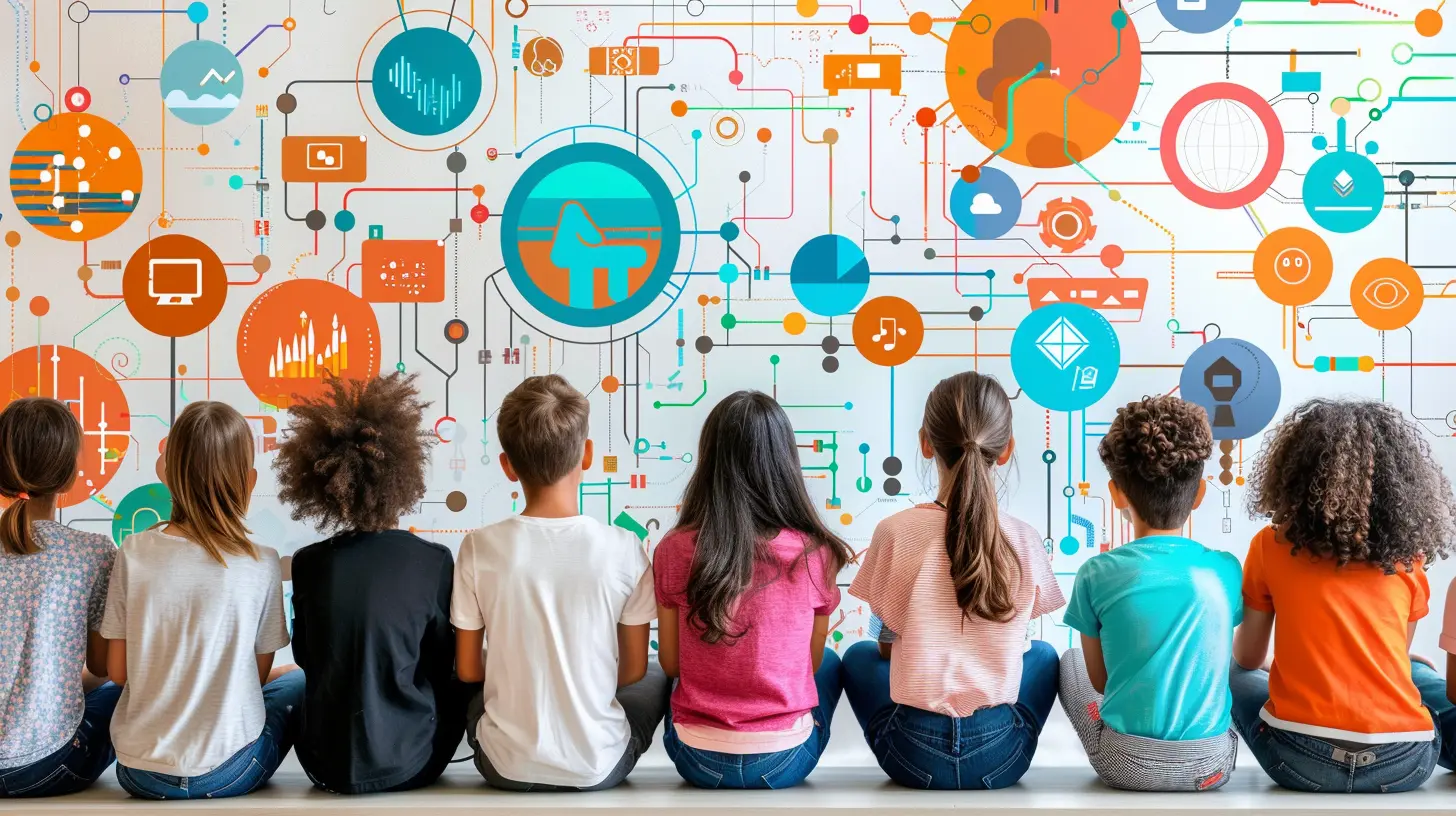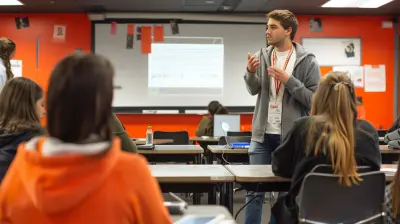The Role of Technology in Modern Teacher Training Programs
5 August 2025
Teaching is one of the most rewarding yet challenging professions. As the world changes, so does the way we educate future generations. One of the biggest game-changers in teacher training is technology. Gone are the days of outdated textbooks and one-size-fits-all approaches—today's educators need to be tech-savvy, adaptable, and ready to engage with students in dynamic ways.
But how exactly is technology transforming teacher training? And why is it so important in shaping the educators of tomorrow? Let’s dive in.

Why Technology Matters in Teacher Training
Think back to what classrooms looked like a few decades ago: chalkboards, handwritten lesson plans, and maybe a dusty overhead projector. Fast forward to today, and you'll find interactive whiteboards, virtual classrooms, and AI-powered learning assistants.So why should teacher training still be stuck in the past? The reality is that today's students are growing up in a digital world, and teachers must be equipped to meet them where they are. Technology in teacher training isn't just an add-on; it’s a necessity.

Key Ways Technology is Reshaping Teacher Training
1. Online Learning & Virtual Courses
With the rise of e-learning platforms, aspiring teachers can now access quality training from anywhere in the world. Whether it's taking an online certification course or attending webinars led by experienced educators, the flexibility of digital learning is a game-changer.No longer do teachers need to uproot their lives or quit their jobs to pursue professional development. Platforms like Coursera, Udemy, and Khan Academy provide high-quality, self-paced courses that help teachers upskill on their own time.
2. Simulated Classrooms & Virtual Reality (VR) Training
Imagine stepping into a classroom full of students before ever teaching a real one. Thanks to virtual reality and AI-powered simulators, this is now possible. VR training allows teachers to practice classroom management, lesson delivery, and real-time problem-solving in a risk-free environment.It’s like a flight simulator for teachers—helping them gain experience, confidence, and skills before they take control of a real classroom.
3. Artificial Intelligence and Personalized Learning
AI is more than a buzzword; it’s actively shaping the way teachers learn and teach. With AI-powered platforms, trainees receive personalized feedback on their teaching styles, lesson plans, and communication skills.For example, AI can analyze a teacher’s speech patterns, body language, and engagement levels during a class, offering data-driven insights for improvement. This personalized approach ensures that training is tailored to individual strengths and weaknesses.
4. Collaborative Learning Through Social Media & Online Communities
Teaching is not a solo journey—it’s a community effort. Social media platforms like Twitter, LinkedIn, and Facebook are powerful tools for educators to share ideas, resources, and best practices.Online forums and professional networks allow teachers to connect with peers worldwide, participate in discussions, and stay updated on the latest trends in education. Knowledge-sharing has never been easier!
5. Gamification & Interactive Learning Tools
Who says teacher training has to be boring? With gamification techniques, training programs can make learning fun and engaging. Apps like Kahoot!, Quizizz, and Duolingo use game mechanics—points, rewards, challenges—to keep teachers motivated and involved.When educators experience learning through gamification, they’re more likely to integrate those same strategies in their own classrooms, making lessons enjoyable for their students.
6. EdTech Tools for Lesson Planning & Classroom Management
Modern classrooms require modern solutions. From lesson planning apps to classroom management software, technology streamlines many aspects of teaching.For instance, tools like Google Classroom, Microsoft Teams, and ClassDojo help teachers organize materials, communicate with students, and track progress efficiently. By integrating these tools into teacher training programs, educators become proficient in using technology before they enter the workforce.
7. Data-Driven Decision Making & Analytics
One of the most significant advantages of technology in education is data collection and analysis. Teachers can use data to assess student performance, identify learning gaps, and adapt their teaching strategies accordingly.Training programs that incorporate data analytics teach future educators how to interpret student progress reports, adjust lesson plans, and create personalized learning experiences—all critical skills in modern education.

Challenges of Integrating Technology in Teacher Training
While the benefits are clear, there are some hurdles to overcome:- Access to Technology: Not all trainee teachers have the same access to high-speed internet or advanced devices.
- Training & Support: Technology is only useful when used correctly. Many educators need proper training to make the most of digital tools.
- Keeping Up with Rapid Changes: Education technology evolves quickly, and staying updated requires continuous learning.
However, these challenges aren't impossible to tackle. With the right policies, investment in resources, and ongoing professional development, the integration of technology in teacher training can be seamless and effective.

The Future of Teacher Training: What’s Next?
Looking ahead, technology will only continue to influence teacher training programs. We can expect:- More AI-driven tools for lesson planning, student engagement, and classroom management.
- Greater use of augmented reality (AR) for immersive learning experiences.
- Stronger emphasis on digital literacy as an essential skill for educators.
In a world driven by digital innovations, teachers must stay ahead of the curve. Education isn’t just about imparting knowledge anymore—it’s about preparing students for a future where technology plays a pivotal role. And that starts with training teachers the right way.
Conclusion
Technology is no longer optional in teacher training—it’s essential. From virtual reality simulations to AI-powered feedback systems, modern tools are revolutionizing how educators learn, grow, and prepare for the classroom.Is technology a magic fix for all educational challenges? No. But when used effectively, it can transform teacher training in ways we never imagined. The future of education depends on how well we equip teachers today—and technology plays a central role in making that happen.
all images in this post were generated using AI tools
Category:
Teacher TrainingAuthor:

Zoe McKay
Discussion
rate this article
1 comments
Phoebe Oliver
Absolutely! Technology in teacher training isn't just a bonus—it’s the lifeline. If you’re still clinging to outdated methods, it’s time to step aside and let the future of education shine!
August 27, 2025 at 4:31 AM

Zoe McKay
Thank you for your insight! Embracing technology is indeed crucial for effective teacher training and advancing education.


